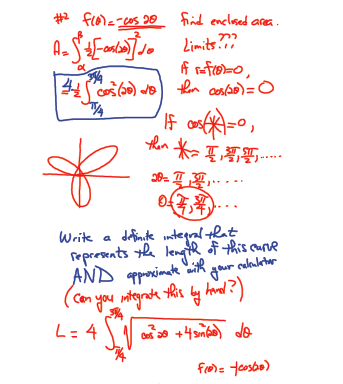Sixth grade mathematics is a continuum of elementary school mathematics with an extensive in-depth curriculum needed to further build a solid base of understanding in mathematical concepts. The following topics are the adopted standards for sixth grade mathematics: rational and proportional relationships, the number system, expressions and equations, geometry, and statistics and probability.
California State Standards
Ratios and Proportional Relationships 6.RP
Understand ratio concepts and use ratio reasoning to solve problems.
3. Use ratio and rate reasoning to solve real-world and mathematical problems, e.g., by reasoning about
tables of equivalent ratios, tape diagrams, double number line diagrams, or equations.
a. Make tables of equivalent ratios relating quantities with wholenumber measurements, find
missing values in the tables, and plot the pairs of values on the coordinate plane. Use tables to
compare ratios.
b. Solve unit rate problems including those involving unit pricing and constant speed. For
example, if it took 7 hours to mow 4 lawns, then at that rate, how many lawns could be mowed
in 35 hours? At what rate were lawns being mowed?
c. Find a percent of a quantity as a rate per 100 (e.g., 30% of a quantity means 30/100 times the
quantity); solve problems involving finding the whole, given a part and the percent.
d. Use ratio reasoning to convert measurement units; manipulate and transform units
appropriately when multiplying or dividing quantities.
Expressions and Equations 6.EE
Represent and analyze quantitative relationships between dependent and independent variables.
9. Use variables to represent two quantities in a real-world problem that change in relationship to one another; write an equation to express one quantity, thought of as the dependent variable, in terms of the other quantity, thought of as the independent variable. Analyze the relationship between the dependent and independent variables using graphs and tables, and relate these to the equation. For example, in a problem involving motion at constant speed, list and graph ordered pairs of distances and times, and write the equation d = 65t to represent the relationship between distance and time.
ISTE Standards for Technology
1. Facilitate and Inspire Student Learning and Creativity
b. engage students in exploring real-world issues and solving authentic problems using digital tools and resources
2. Design and Develop Digital-Age Learning Experiences and Assessments
Teachers design, develop, and evaluate authentic learning experiences and assessments incorporating contemporary tools and resources to maximize content learning in context and to develop the knowledge, skills, and attitudes identified in the NETS•S. Teachers:
a. develop technology-enriched learning environments that enable all students to pursue their individual curiosities and become
active participants in setting their own educational goals, managing their own learning, and assessing their own progress
b. design or adapt relevant learning experiences that incorporate digital tools and resources to promote student learning and creativity
c. customize and personalize learning activities to address students’ diverse learning styles, working strategies, and abilities using digital tools and resources
d. provide students with multiple and varied formative and summative assessments aligned with content and technology standards and use resulting data to inform learning and teaching








